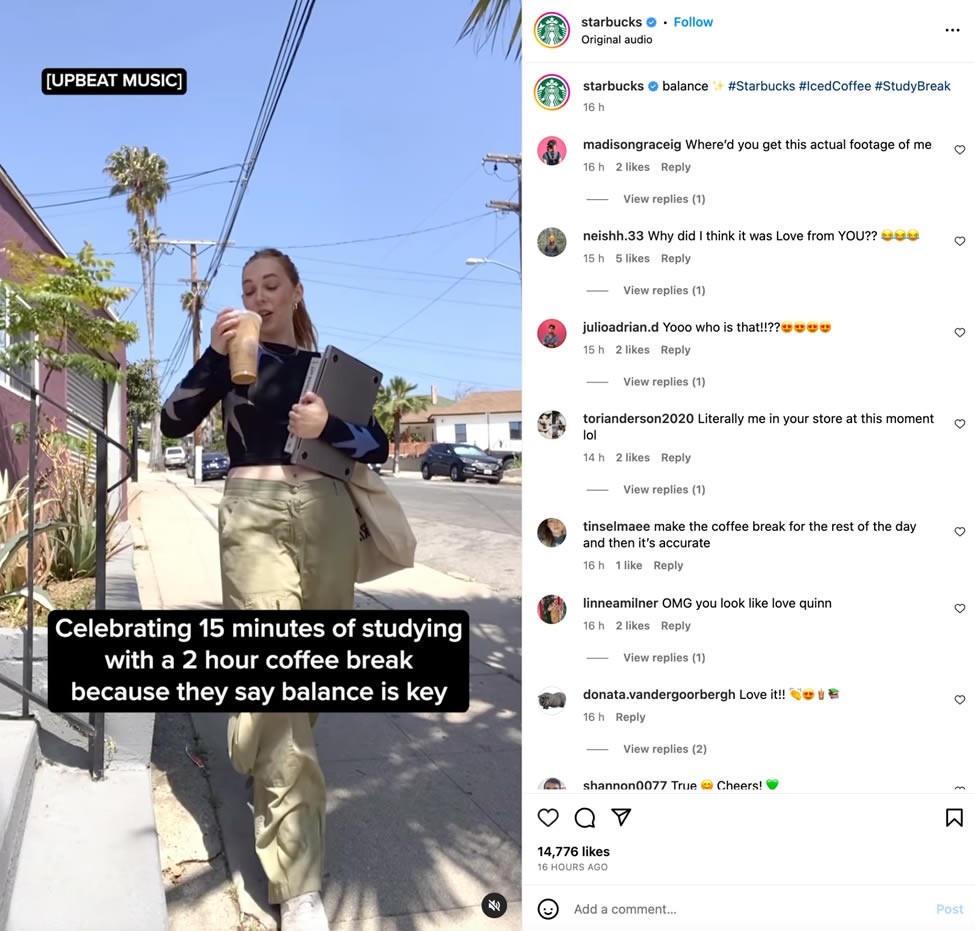Insight Blog
Agility’s perspectives on transforming the employee's experience throughout remote transformation using connected enterprise tools.
6 minutes reading time
(1120 words)
6 Ways for Startups to Optimize Marketing Campaigns for Mobile Audiences
For startups, they can help to reach far greater target audiences in a more cost-effective manner. However, it's imperative that campaigns are optimized with mobile in mind.
The power of the smartphone should never be underestimated by marketers.
For startups, they can help to reach far greater target audiences in a more cost-effective manner. However, it's imperative that campaigns are optimized with mobile in mind.
Today, over 5 billion people around the world rely on smartphones to access content, connect on social media, and browse the internet. In fact, statistics suggest that the average adult now spends at least four hours and 29 minutes scrolling through mobile content on a daily basis.
This presents a great opportunity for marketers.
With so much screen time to tap into, a strong marketing campaign that's optimized for mobile can be a great asset in generating brand engagement and subsequent conversions.
But how can startups get to grips with mobile marketing for less?
Let's take a deeper look at six ways for startups to create impactful mobile campaigns:
- Keep Things Responsive
One of the most important aspects of mobile marketing involves keeping your website and market materials alike as responsive as ever.
While it can be tempting to incorporate high-quality graphics and multimedia content into a landing page, it won't be worth much if your prospective customers decide to bounce back from your site because it's taking too long to load.
When it comes to mobile, visitors can be browsing on a range of different devices with varying screen sizes and data capabilities.
That said, smartphones are certainly improving at a rapid rate. The Apple iPhone 14 Pro Max features a 6.7-inch screen alongside an A16 Bionic Chipset with 6GB of RAM, which is capable of loading more complex website designs in a far more seamless manner.
However, if you're looking to reach as large an audience as possible on mobile, it's imperative that you cater to everyone–including users who may not have bought a new smartphone for 10 years.
2.Utilize Short Form Video
According to a Microsoft study, the human attention span has fallen to eight seconds, representing a fall of almost 25% in a matter of years. With this in mind, it's unsurprising that many brands, including Starbucks, have opted to heavily utilize short-form video in their social media marketing campaigns.
It's also unsurprising that short-form video social media platforms like TikTok have emerged among the fastest-growing social networks today. Even platforms like Instagram have opted to incorporate 'Reels' as a feature to help support video content that's quicker to consume.
For startups, this presents an opportunity to market yourself in a time-efficient and cost-effective manner. There are plenty of short-form videos that you can create to complement your industry, like how-tos, product guides, demonstrations, behind-the-scenes looks, influencer collaborations, and more general marketing content.
Crucially, you can also use short-form videos to jump on emerging trends quickly. To do this, you can explore any relevant trending terms and devise a quick clip to reference a trending topic with a relevant hashtag. This can be a great way of quickly boosting engagement without the need to plan or budget extensively.
Read more on video: The Top 5 Best Video Editing Software For Marketers In 2022
3.Center Campaigns Around User-Generated Content
User-generated content, or UGC, is arguably the most effective way of creating a social media buzz surrounding your company for less.
What's more, is that UGC works extremely well. In fact, 85% of users believe that visual UGC is more persuasive than any other multimedia content that comes directly from a brand itself.
The beauty of UGC is that it can form excellent social proof for a brand. While consumers can be wary of the words coming directly from a brand, they're more trusting of their fellow consumers and are more likely to take their positive sentiment towards products on board.
So, what actually is UGC? User-generated content can take the form of just about anything that's been posted by a user, rather than a brand, on social platforms and online.
UGC may involve a product review or direct engagement with a brand. Startups can encourage more user-generated content by running competitions, offering freebies in return for funny pictures involving the brand, or asking questions for followers to answer. Or hiring the ugc creators from online platforms like Influee is also a good idea. You will find expert UGC creators here that you can hire for your campaign.
4.Make the Purchasing Process Straightforward
When it comes to mobile marketing, it's imperative that you make the path from social media content to purchasing goods or services as straightforward as possible.
If consumers are browsing on their smartphones, excessive clicking, forms, and a lack of integrated purchasing options can lead to cart abandonment.
Be sure to add options for users to pay via PayPal or Apple Pay in order to avoid having to manually add card information, delivery addresses, and other time-consuming checkout processes when they may simply want to make an impulsive purchase while on the go.
5.Make the Most Out of Location Data
Incorporating location data into your mobile marketing strategy can also be a great way to optimize campaigns.
By collecting and honoring consumer preferences, it's possible to take advantage of new avenues for data collection that can help you to understand where your customers are, and respond to real-time contextual information about your mobile traffic.
This can help to pave the way for more focused and impactful campaigns geared towards a more accurate customer profile.
6.Become More Discoverable to Mobile Users
Another key consideration for mobile optimization should be to list your store on Google My Business. This can certainly help to make your startup more discoverable when it comes up as a query response on the search engine and can be a great step in building more legitimacy and trust around your brand.
By listing your store on Google My Business, you can effectively put your startup on the map for mobile browsers, and it's a time-efficient way of improving traffic from search engines without having to turn to your content calendar or generate more impactful campaigns.
While consumer attention spans are falling, the platforms available to help deliver more engaging content to them are helping small businesses around the world to better optimize their content for larger audiences.
By spending some time optimizing your content for mobile while considering your customer profile, you can establish the cornerstone to deliver stronger marketing campaigns without having to commit more time and resources towards reaching the right audience.
Categories
Blog
(2620)
Business Management
(320)
Employee Engagement
(210)
Digital Transformation
(175)
Growth
(119)
Intranets
(119)
Remote Work
(61)
Sales
(48)
Collaboration
(37)
Culture
(29)
Project management
(29)
Customer Experience
(26)
Knowledge Management
(21)
Leadership
(20)
Comparisons
(6)
News
(1)
Ready to learn more? 👍
One platform to optimize, manage and track all of your teams. Your new digital workplace is a click away. 🚀
Free for 14 days, no credit card required.














